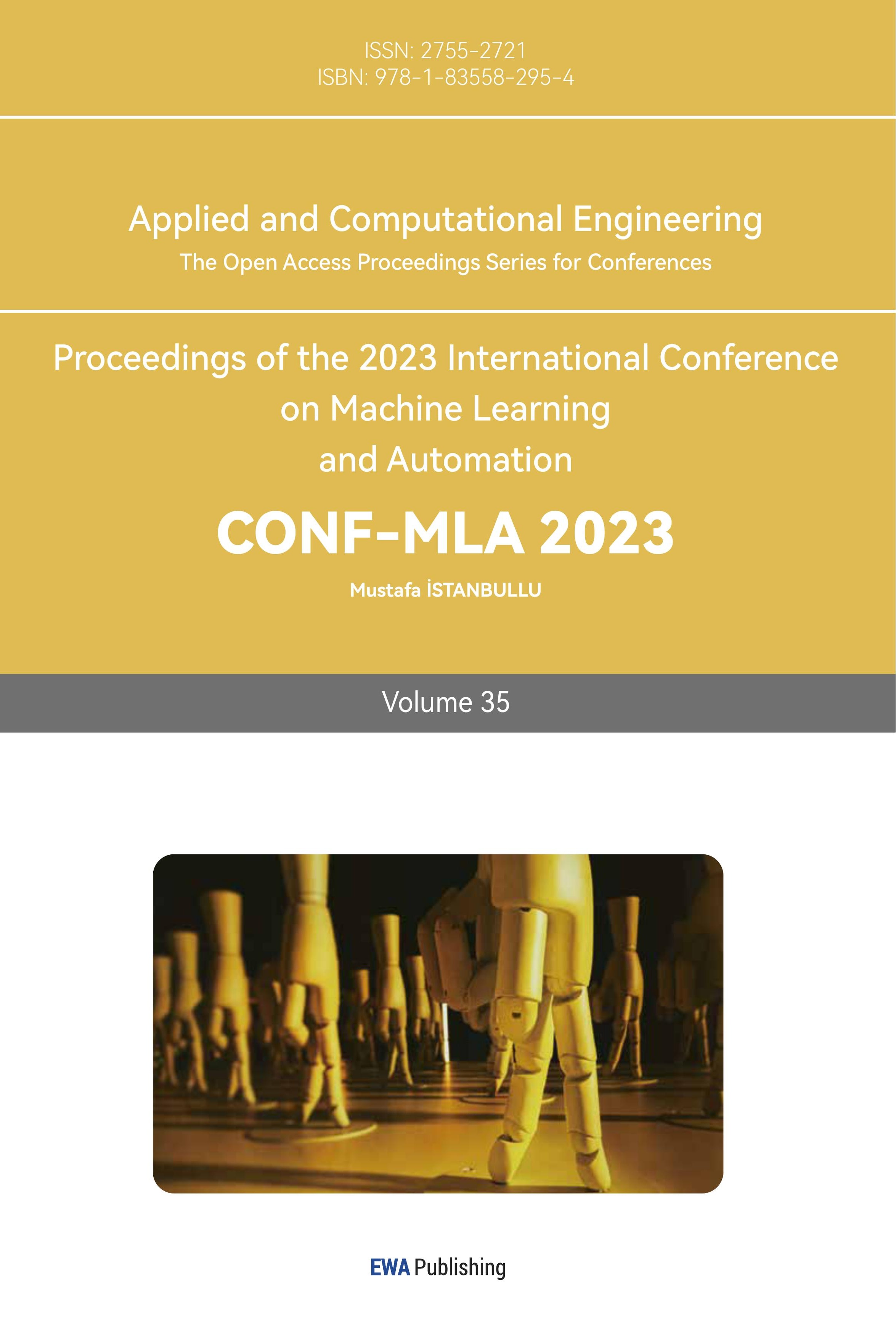References
[1]. Ratinov, L., & Roth, D. (2009). Design challenges and misconceptions in named entity recognition. Computational Natural Language Learning (CoNLL), 147–155.
[2]. Chan, Y. S., & Roth, D. (2011). Exploiting syntactico-semantic structures for relation extraction. Association for Computational Linguistics: Human Language Technologies (ACL-HLT), 551–560.
[3]. Luan, Y., Wadden, D., He, L., Shah, A., Ostendorf, M., & Hajishirzi, H. (2019). A general framework for information extraction using dynamic span graphs. North American Chapter of the Association for Computational Linguistics (NAACL), 3036–3046.
[4]. Miwa, M., & Bansal, M. (2016). End-to-end relation extraction using LSTMs on sequences and tree structures. Association for Computational Linguistics (ACL), 1105–1116.
[5]. Li, Q., & Ji, H. (2014). Incremental joint extraction of entity mentions and relations. Association for Computational Linguistics (ACL), 402–412.
[6]. Wang, J., & Lu, W. (2020). Two are better than one: Joint entity and relation extraction with tablesequence encoders. Empirical Methods in Natural Language Processing (EMNLP).
[7]. Sun, C., Gong, Y., Wu, Y., Gong, M., Jiang, D., Lan, M., Sun, S., & Duan, N. (2019). Joint type inference on entities and relations via graph convolutional networks. Association for Computational Linguistics (ACL), 1361–1370.
[8]. Shang, Y., Huang, H., & Mao, X. -L. (2022). Onerel: Joint entity and relation extraction with one module in one step. CoRR, abs /2203.05412.
[9]. Sui, D., Chen, Y., Liu, K., Zhao, J., & Zeng, X. (2023). Joint Entity and Relation Extraction With Set Prediction Networks. IEEE Transactions on Neural Networks and Learning Systems, doi: 10.1109/TNNLS.2023.3264735.
[10]. Bai, T., Guan, H., Wang, S., Wang, Y., & Huang, L. (2021). Traditional Chinese medicine entity relation extraction based on CNN with segment attention. Neural Computing and Applications, 34(4), 2739–2748.
Cite this article
Ren,Y. (2024). Utilizing BERT for entity relationship extraction in Chinese medical texts. Applied and Computational Engineering,35,229-233.
Data availability
The datasets used and/or analyzed during the current study will be available from the authors upon reasonable request.
Disclaimer/Publisher's Note
The statements, opinions and data contained in all publications are solely those of the individual author(s) and contributor(s) and not of EWA Publishing and/or the editor(s). EWA Publishing and/or the editor(s) disclaim responsibility for any injury to people or property resulting from any ideas, methods, instructions or products referred to in the content.
About volume
Volume title: Proceedings of the 2023 International Conference on Machine Learning and Automation
© 2024 by the author(s). Licensee EWA Publishing, Oxford, UK. This article is an open access article distributed under the terms and
conditions of the Creative Commons Attribution (CC BY) license. Authors who
publish this series agree to the following terms:
1. Authors retain copyright and grant the series right of first publication with the work simultaneously licensed under a Creative Commons
Attribution License that allows others to share the work with an acknowledgment of the work's authorship and initial publication in this
series.
2. Authors are able to enter into separate, additional contractual arrangements for the non-exclusive distribution of the series's published
version of the work (e.g., post it to an institutional repository or publish it in a book), with an acknowledgment of its initial
publication in this series.
3. Authors are permitted and encouraged to post their work online (e.g., in institutional repositories or on their website) prior to and
during the submission process, as it can lead to productive exchanges, as well as earlier and greater citation of published work (See
Open access policy for details).
References
[1]. Ratinov, L., & Roth, D. (2009). Design challenges and misconceptions in named entity recognition. Computational Natural Language Learning (CoNLL), 147–155.
[2]. Chan, Y. S., & Roth, D. (2011). Exploiting syntactico-semantic structures for relation extraction. Association for Computational Linguistics: Human Language Technologies (ACL-HLT), 551–560.
[3]. Luan, Y., Wadden, D., He, L., Shah, A., Ostendorf, M., & Hajishirzi, H. (2019). A general framework for information extraction using dynamic span graphs. North American Chapter of the Association for Computational Linguistics (NAACL), 3036–3046.
[4]. Miwa, M., & Bansal, M. (2016). End-to-end relation extraction using LSTMs on sequences and tree structures. Association for Computational Linguistics (ACL), 1105–1116.
[5]. Li, Q., & Ji, H. (2014). Incremental joint extraction of entity mentions and relations. Association for Computational Linguistics (ACL), 402–412.
[6]. Wang, J., & Lu, W. (2020). Two are better than one: Joint entity and relation extraction with tablesequence encoders. Empirical Methods in Natural Language Processing (EMNLP).
[7]. Sun, C., Gong, Y., Wu, Y., Gong, M., Jiang, D., Lan, M., Sun, S., & Duan, N. (2019). Joint type inference on entities and relations via graph convolutional networks. Association for Computational Linguistics (ACL), 1361–1370.
[8]. Shang, Y., Huang, H., & Mao, X. -L. (2022). Onerel: Joint entity and relation extraction with one module in one step. CoRR, abs /2203.05412.
[9]. Sui, D., Chen, Y., Liu, K., Zhao, J., & Zeng, X. (2023). Joint Entity and Relation Extraction With Set Prediction Networks. IEEE Transactions on Neural Networks and Learning Systems, doi: 10.1109/TNNLS.2023.3264735.
[10]. Bai, T., Guan, H., Wang, S., Wang, Y., & Huang, L. (2021). Traditional Chinese medicine entity relation extraction based on CNN with segment attention. Neural Computing and Applications, 34(4), 2739–2748.









